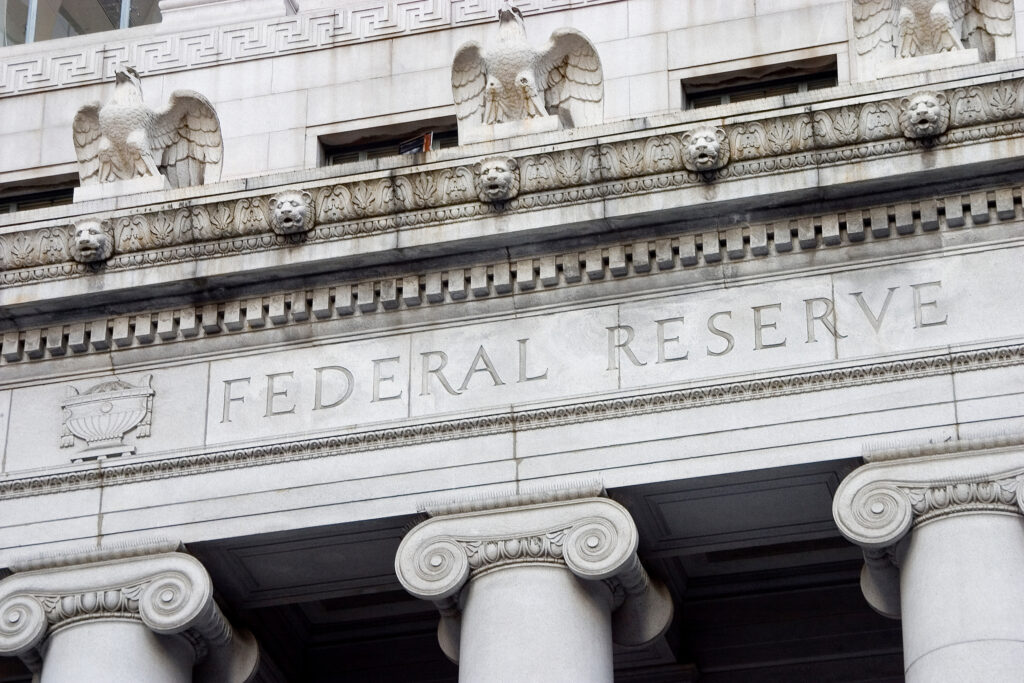10 is Enough?
May 4, 2023
Here we go again. Earlier this week, as expected, the Federal Open Market Committee (FOMC) raised the fed funds rate by 25 basis points to a range of 5.0-5.25%. This is the tenth increase in this rate cycle (that started just over a year ago) and brings rates (from zero) to levels last seen before the Great Financial Crisis of 2007/2008.

The (potentially) good news in the accompanying statement did suggest this might be the final rate hike in this cycle by omitting prior language that had signaled more hikes ahead. The FOMC said “in determining the extent to which additional policy firming may be appropriate to return inflation to 2 percent over time, the Committee will take into account the cumulative tightening of monetary policy.”
Essentially, it appears they are now saying they will “wait and see” how the economy performs and will be data dependent – versus saying they will be raising rates regardless (as they had in the past).
Data dependency will be a challenge in and of itself as there will be a considerable amount of data to assess before the next meeting (on June 13/14) – starting with this Friday’s April job data, May inflation and jobs data, evidence of ongoing strain in the banking industry, and the results of the debt ceiling limit negotiations (with the current limit set to expire in early June).
While it’s relatively clear there are no further rate hikes planned at this time, the debate has quickly moved to whether this “data dependent” approach moving forward will result in a pause in hikes or a pivot (to rate cuts).
Markets appear to be thinking (based on futures-market pricing) that they may cut rates this year, but Chairman Powell was very careful to clarify that rates may stay higher for longer, noting that inflation still remains high and that it may take some time with restrictive monetary policy for inflation to fall. As the press conference continued and Powell reinforced that there may be more to come (and that a pause, let alone a pivot, was not guaranteed), markets sold off into the close. In his words: “a decision on a pause was not made today.”
Beyond the debate of rates and inflation, investors are also focused on the trajectory of the economy and the ripple effect of the recent banking strains – and whether it will all combine to flip the US economy into a recession. Powell’s comments attempted to ease recession fears and indicate that a “soft landing” remains possible but many market participants remain unconvinced. Market weakness since the meeting seem to indicate that the future path is anything but certain.
Another Fed meeting behind us. 10 raises behind us. It may not feel like it, but progress has been made. Inflation is coming down and the financial system is tightening. We are likely closer to the end of this rate hiking cycle than the beginning. That’s the good news. The challenging news is that once this rate cycle ends, another stage or event will be waiting around the corner. Markets and investors are already predicting what comes next but that is a bit of a fool’s errand. The future has always been, and will always be, unknown. All you can do is take things one day, one step at a time – and control what you can control. We’ll find out the future soon enough.
Onward we go,

PS: For a month in-depth look at the Fed meeting, you may wish to read a summary published by Liz Ann Sonders of Charles Schwab (you can find it here)
Leave a note